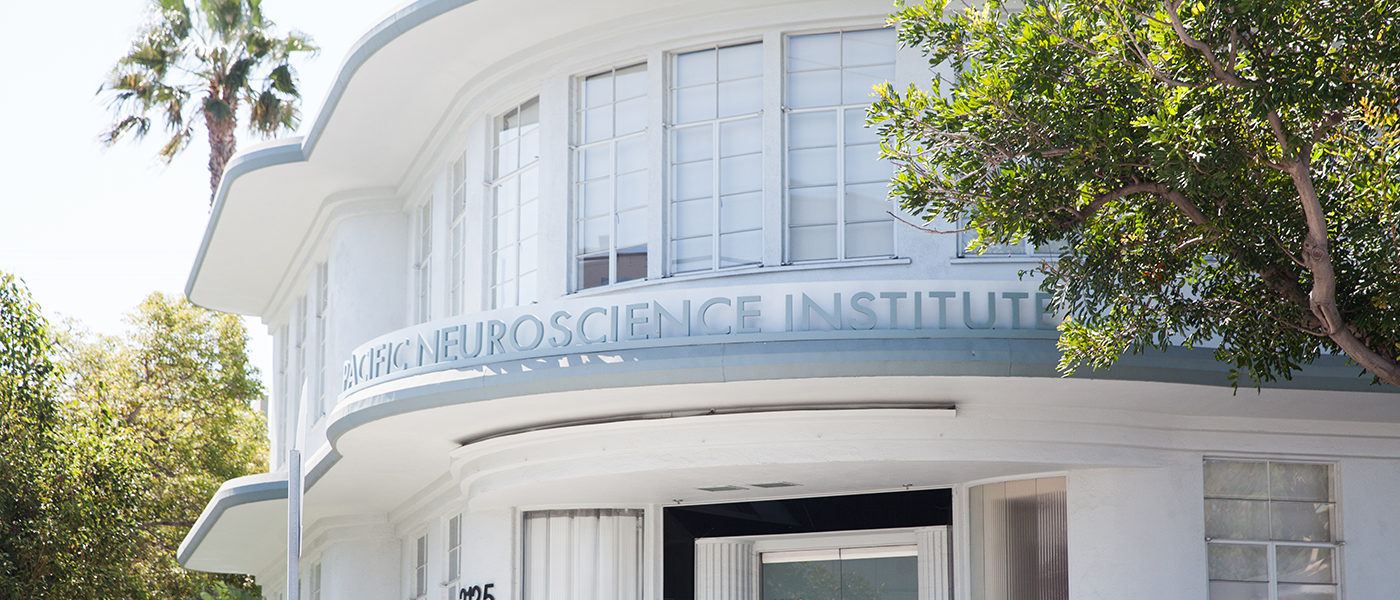
Chemodenervation Treatment for Facial Paralysis
What is Chemodenervation Treatment for Facial Paralysis?
Chemodenervation treatment for facial paralysis involves the use of botulinum toxin injections to temporarily weaken or paralyze specific facial muscles. The most commonly used botulinum toxin for this purpose is Botox. This treatment is often employed to address asymmetry, muscle spasms, or unwanted movements in the face caused by facial nerve dysfunction.
Unwanted movement and overactivity of some facial muscles may occur after developing facial paralysis. This is known as synkinesis, or involuntary facial movements.
Chemodenervation with botulinum toxin is often used to treat patients who experience synkinesis and other side effects of facial paralysis. Injecting botulinum toxin into the affected muscle will cause temporary weakness of the underlying muscles and restore symmetry by reducing the involuntary movement. In order to improve symmetry, we may also inject the normal side if it is deemed overactive.
Examples of synkinesis that can be treated with chemodenervation include:
- Preventing the eye on the affected side from closing when you smile
- Preventing your neck muscles from tightening when you smile
- Preventing the corner of the mouth on the affected side to pull up when you blink or close your eye
- Preventing your eye from closing when you chew or pucker your lips

In-Person or Virtual Video Visit
Our specialists have consultation openings for new patients.